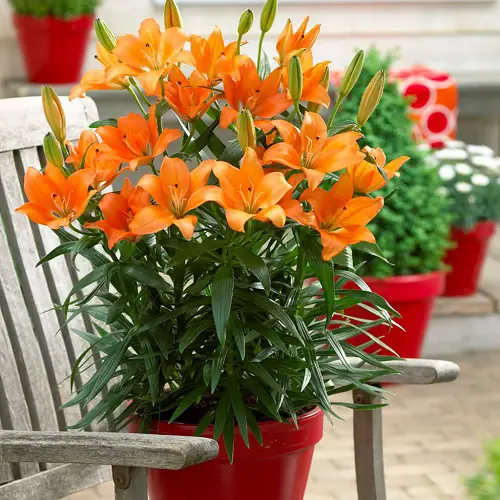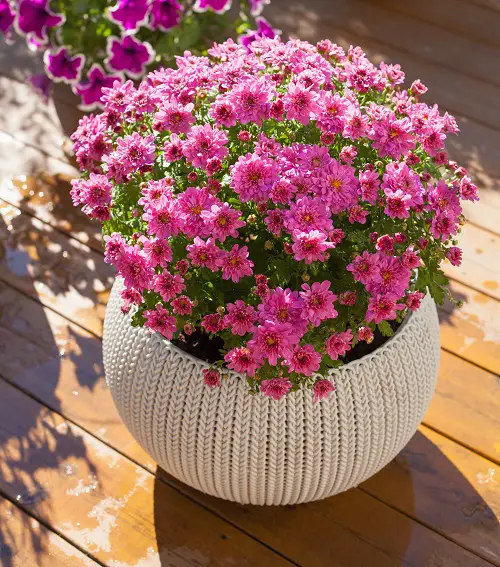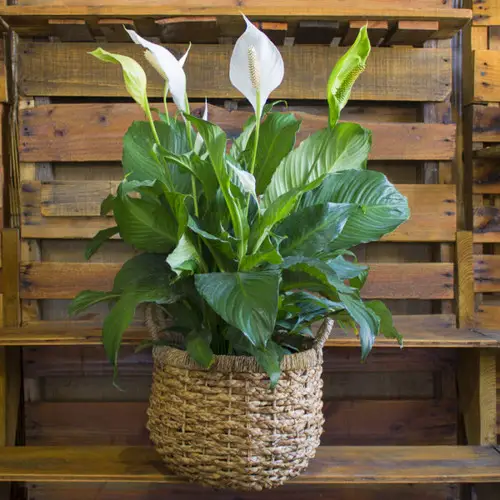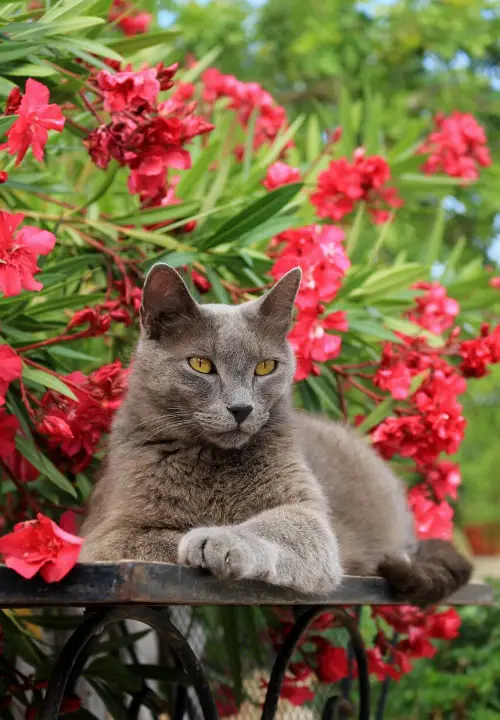If you have a furry friend, then it is essential to know about Flowers that Are Poisonous to Cats to keep them safe.
As a plant parent, knowing which blooms can pose a risk to your feline companions is vital. Cats’ curiosity may lead them to nibble on plants, and some can cause a range of health issues. Below is a concise list of Flowers that Are Poisonous to Cats, highlighting harmful chemicals and associated health problems.
Are ZZ Plants Toxic to Cats
Flowers that Are Poisonous to Cats
1. Lilies

Scientific Name: Lilium
Toxicity: High
Lilies are highly toxic to cats, with even small amounts capable of causing severe kidney damage. The specific toxic compound is not well identified, rendering all parts of the plant harmful.
2. Tulips

Scientific Name: Tulipa spp.
Toxicity: Low
Tulips carry a risk for cats, primarily in their bulbs containing allergenic lactones. Ingestion can lead to symptoms such as oral irritation, drooling, vomiting, and diarrhea.
3. Oleander
Scientific Name: Nerium oleander
Toxicity: High
Oleander contains cardiac glycosides that can have severe effects on cats. Ingestion may lead to gastrointestinal tract irritation, abnormal heart function, hypothermia, and, in extreme cases, death.
What Does it Mean When a Cat Wags its Tail
4. Azaleas

Scientific Name: Rhododendron spp.
Toxicity: Moderate
Azaleas contain grayanotoxins that can lead to vomiting, diarrhea, weakness, and potentially cardiac failure. Recognizing this toxicity is essential, and keep these plants out of reach to ensure your cat’s safety.
5. Autumn Crocus

Scientific Name: Colchicum autumnale
Toxicity: High
Autumn Crocus is highly toxic to cats, containing colchicine and alkaloids. Ingestion can result in severe symptoms like oral irritation, bloody vomiting, diarrhea, shock, multi-organ damage, and bone marrow suppression.
6. Hyacinths

Scientific Name: Hyacinthus orientalis
Toxicity: High
Hyacinths are harmful to cats, containing allergenic lactones in the bulbs. Ingestion may cause symptoms like drooling, vomiting, diarrhea, and an increased heart rate.
What Does it Mean When a Cat Rubs Against You?
7. Daffodils

Scientific Name: Narcissus spp.
Toxicity: High
Daffodils are highly toxic to cats, especially their bulbs containing lycorine and alkaloids. Ingestion can cause severe gastrointestinal upset, convulsions, and cardiac arrhythmias.
8. Foxglove

Scientific Name: Digitalis purpurea
Toxicity: Moderate
Foxglove poses a danger to cats with cardiac glycosides, causing symptoms like vomiting, diarrhea, muscle weakness, cardiac failure, and potential death.
9. Chrysanthemum

Scientific Name: Chrysanthemum spp.
Toxicity: Low
Due to pyrethrins, Chrysanthemum can induce symptoms like vomiting, diarrhea, hypersalivation, incoordination, and dermatitis in cats.
Are Snake Plants Toxic to Cats | Find Out!
10. Peace Lily

Scientific Name: Spathiphyllum spp.
Toxicity: Low
Peace Lily, not a true lily, can cause oral irritation, drooling, vomiting, and difficulty swallowing in cats. Seek prompt veterinary attention if ingestion is suspected.
11. Kalanchoe

Scientific Name: Kalanchoe spp.
Toxicity: Moderate
Kalanchoe, a succulent with bufadienolides, poses a threat to cats, causing symptoms such as vomiting, diarrhea, and heart arrhythmias if ingested.
12. Amaryllis
Scientific Name: Amaryllis spp.
Toxicity: Moderate
Amaryllis is toxic to cats, especially its bulb, causing vomiting, diarrhea, abdominal pain, and tremors. If ingestion is suspected, seek immediate veterinary care.
Here are DIY Outdoor Cat House Ideas For Winter
Symptoms of Plant Toxicity in Cats
1. Vomiting
- Vomiting is a common and often immediate response to the ingestion of toxic plants. It is the body’s way of trying to expel the harmful substance.
- Persistent or recurrent vomiting, especially if it contains plant material, is a clear indication that something may be wrong.
2. Diarrhea
- Diarrhea is another gastrointestinal symptom of plant poisoning. The stool may be loose, watery, and may contain blood in severe cases.
- Changes in stool color or consistency can provide additional clues about the type and severity of the toxicity.
3. Drooling (Hypersalivation)
- Certain toxic plants can cause excessive drooling or hypersalivation in cats. This is often a response to irritation or inflammation in the mouth and digestive tract.
- Observing an increase in saliva production beyond what is normal for your cat can be a warning sign.
4. Lethargy
- Lethargy, or unusual tiredness, is a non-specific symptom that can indicate various health issues, including plant toxicity.
- If your cat is less active than usual, reluctant to move, or seems unusually tired, it could be a sign of poisoning.
5. Loss of Appetite
- Cats are generally known for their finicky eating habits, but a sudden and significant loss of appetite is cause for concern.
- Refusing to eat or showing disinterest in food may indicate that your cat has ingested a toxic substance.
Are Succulents Poisonous to Cats | Succulents Safe for Cats
6. Difficulty Breathing
- Some toxic plants can affect the respiratory system, leading to difficulty breathing or coughing.
- Labored breathing, wheezing, or coughing are serious symptoms that require immediate veterinary attention.
7. Tremors or Seizures
- Ingesting certain toxic plants may cause neurological symptoms such as tremors or seizures.
- Uncontrolled shaking or convulsions are emergencies, and you should seek veterinary help immediately.
8. Abdominal Pain
- Cats may exhibit signs of abdominal pain, such as restlessness, pacing, or assuming a hunched posture.
- Vocalizations, especially when the abdomen is touched, can also indicate discomfort.
9. Changes in Heart Rate
- Some toxic plants can impact the cardiovascular system, leading to changes in heart rate.
- An unusually fast or slow heart rate can be a critical symptom requiring prompt veterinary attention.
10. Increased Thirst and Urination
- Certain toxins may affect the kidneys, leading to increased thirst and urination.
- Monitoring changes in your cat’s water intake and litter box habits can provide valuable information about their health.




